In the wake of the COVID-19 pandemic, office spaces around the US have remained empty as people continue to enjoy the benefits of remote working.
While this problem affects building owners across the states, Texas and its major cities, including Dallas and Houston, have been hit the worst, experiencing the highest vacancy rates.
Vacant Offices Reach a New High

Reports from Moody’s Analytics, first shared by the Wall Street Journal, claim that 19.6% of available office space in the U.S. is empty.
Moody’s began tracking the statistics in 1979. The figure released for the past year is the highest rate in over four decades.
Steady Climb for Unused Offices
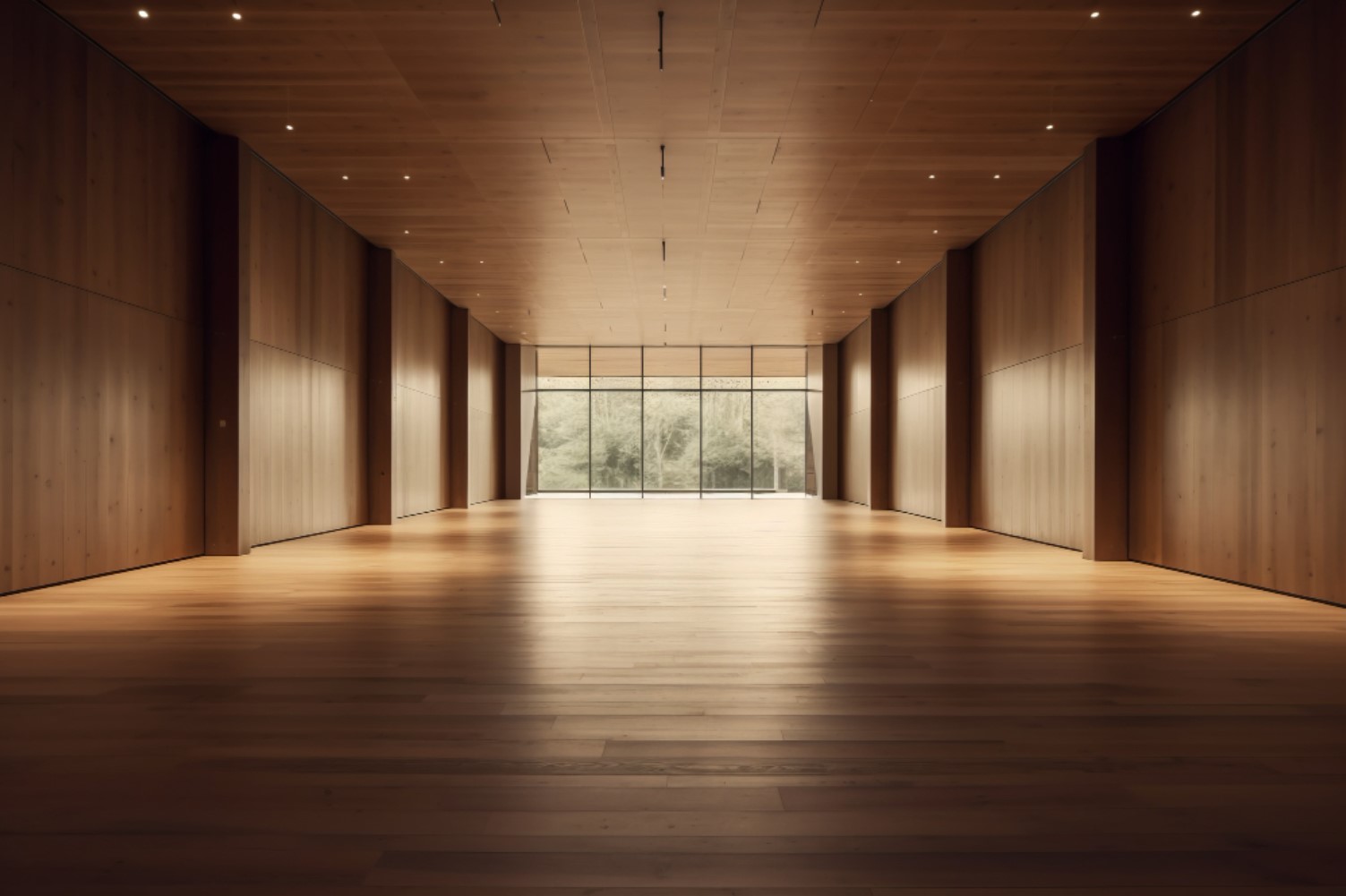
Last year, Moody’s reported that the total number of unused office space across the nation sat around 18.8%.
While the past year’s figure of 19.6% is the highest ever recorded, in 1986 and 1991, the vacancy rate reached a whopping 19.3%.
Offices from the 80’s and 90’s Remain Empty
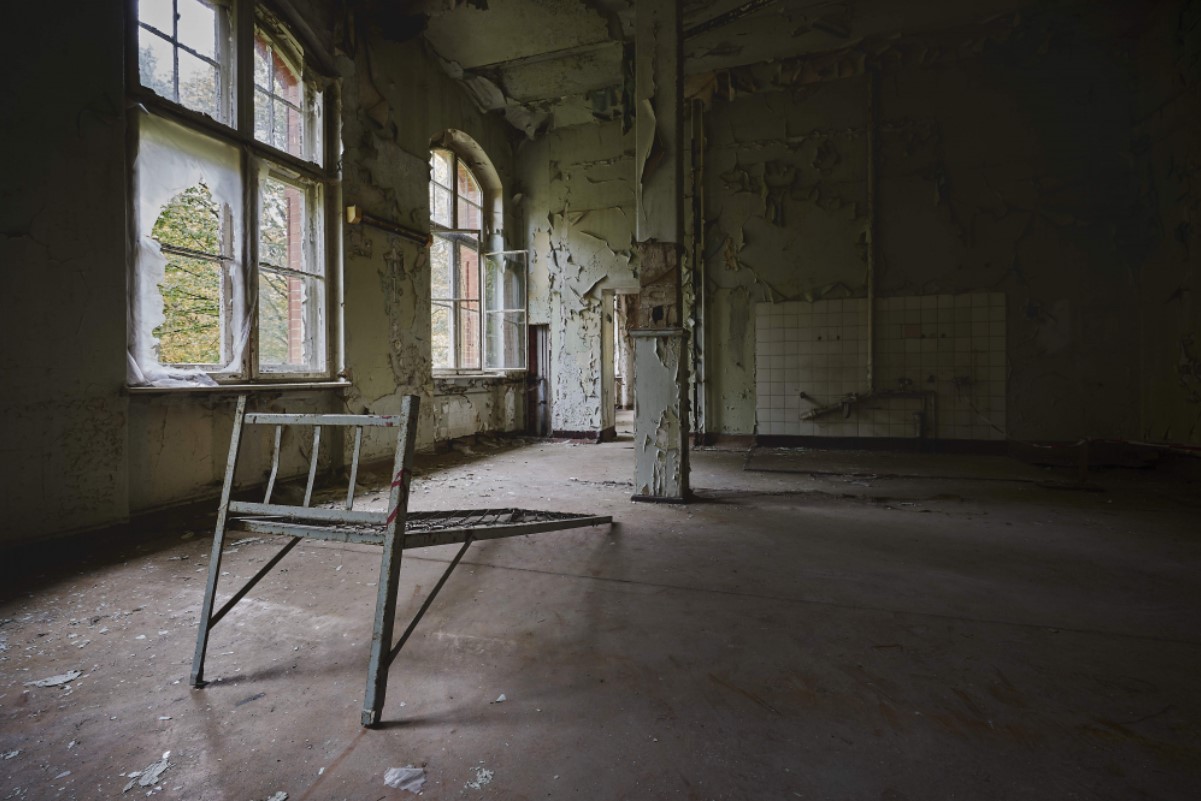
The reason for the increasingly high number of vacant offices is thought to stem from a record amount of remote workers.
However, experts also surmise that overbuilding during the 1980s and 90s should also receive a small portion of the blame. According to Moody’s, most of the unused space is buildings from that era.
Offices Will Soon Be Used by Other Sectors

According to Ermengarde Jabir, the senior economist at Moody’s Analytics, other sectors will soon utilize much of the unleased office space.
“Across all sectors, there will be a continued recalibration of sorts, including office, multifamily, industrial, and retail properties. Offices will continue to face the most strain in 2024,” he said.
Texas Hit the Worst
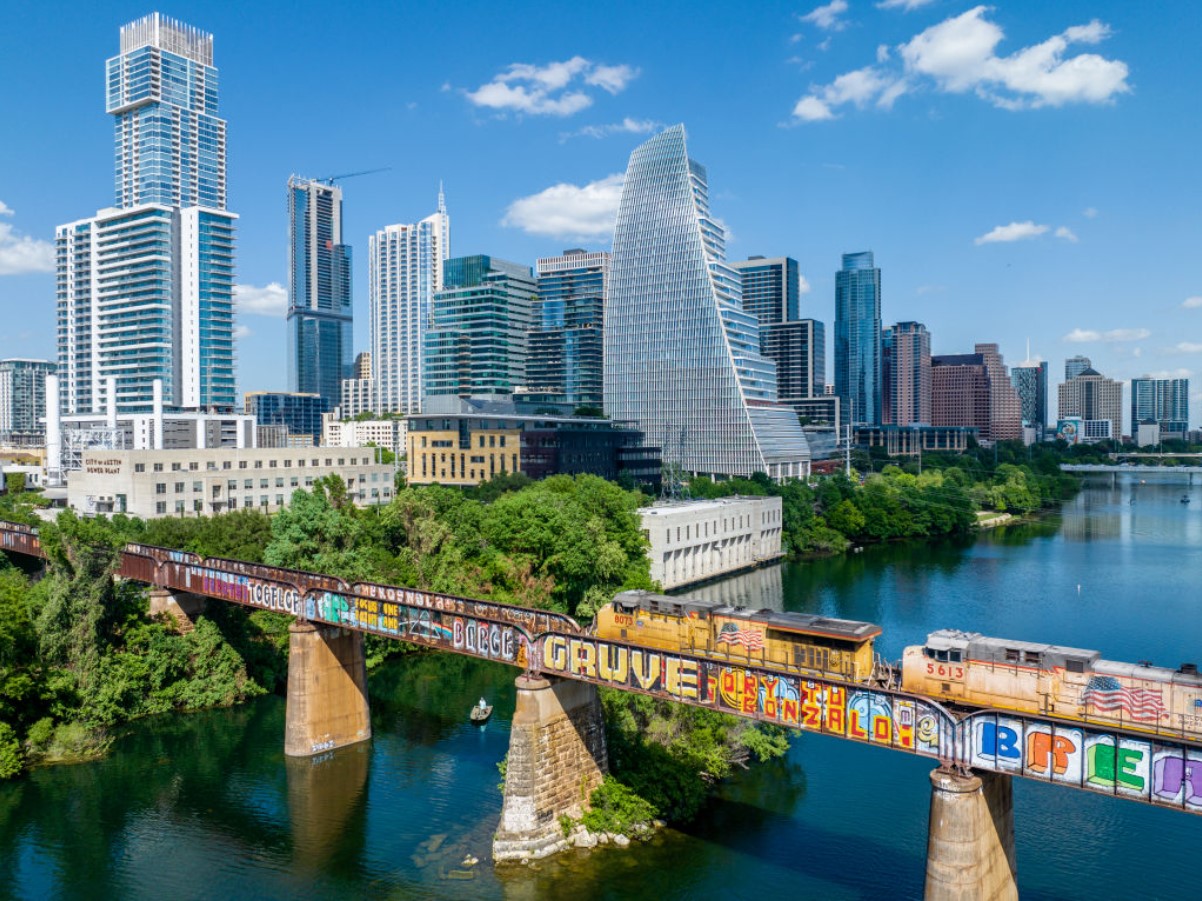
While the high vacancies are affecting all states, it appears Texas has been hit the worst.
The cities of Austin, Houston, and Dallas claim the top three spots when it comes to the highest vacancy rates in the United States.
Companies Shift Towards Smaller Spaces

While the pandemic certainly accelerated the idea of remote working and spending less time in offices, even before this, many companies had begun to downsize their office spaces.
Across the states, businesses had already begun switching to more open floor plans, which aim to fit a larger workforce in a smaller area.
Texas Vacancies Reach Up to 25%
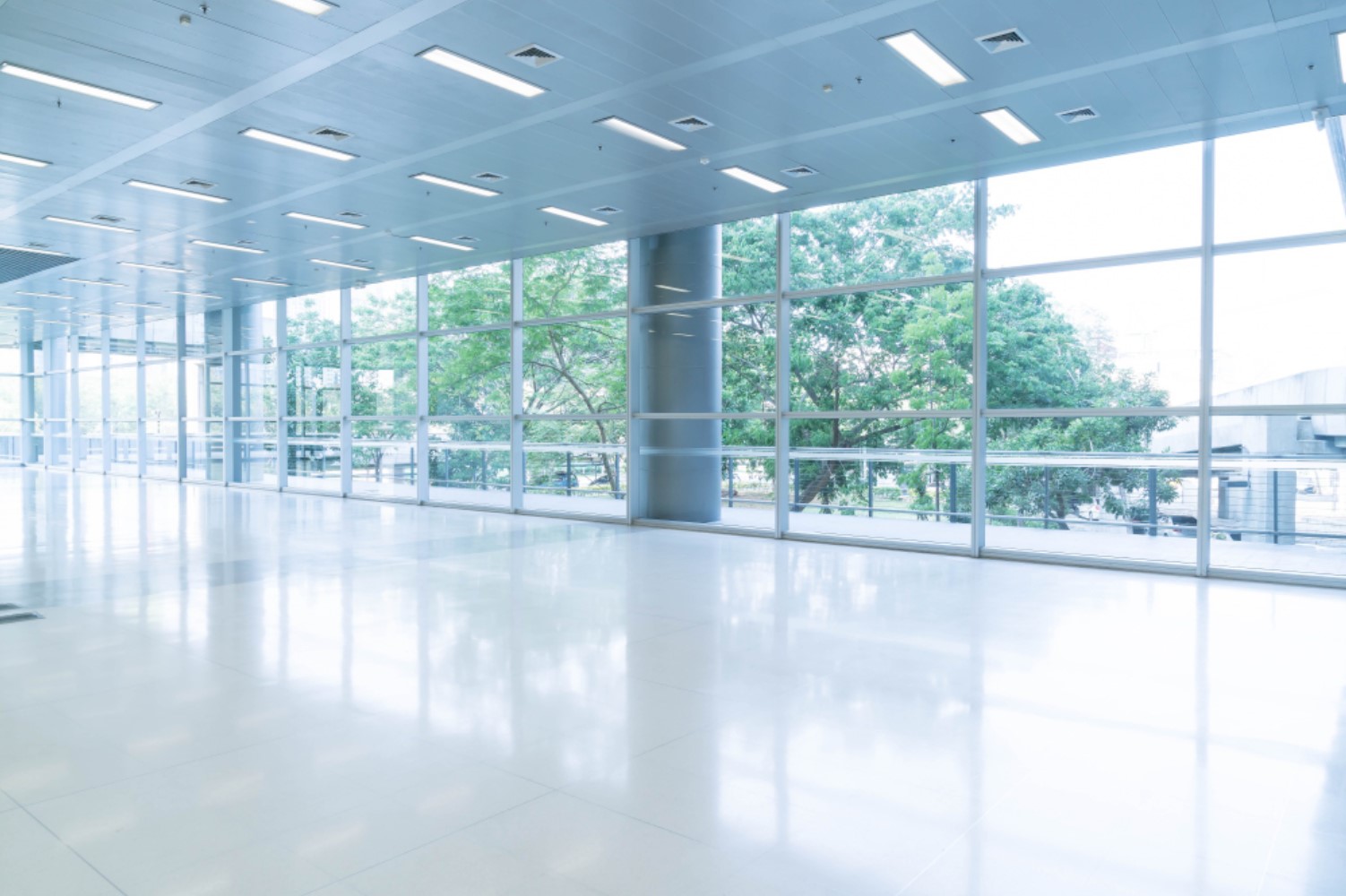
According to reports from The Texas Tribune, offices in the cities of Austin, Houston, and the Dallas-Fort Worth area have vacancy rates of anywhere between 20% and 25%.
One figure that explains the dramatic increase in office vacancies is that before COVID-19, around 5% of Texans worked remotely. Now, that figure has risen to over 15%.
We May Never See a Major Return to the Office

Steven Pedigo, director of the University of Texas at Austin’s LBJ Urban Lab, claims office spaces will unlikely ever return to occupancy rates like they were pre-COVID.
“The return to the heyday where everybody was in the office four or five days a week, that’s just not happening ever again,” said Pedigo.
Executives Want Workers Back in the Office

Various executives from companies across the states continue to express their desire for employees to return to the office.
They believe that productivity would be increased if workers returned to the office. However, this idea has been contradicted by recently published research.
Workers Hesitant to Return to the Office

Former office workers turned remote employees are hesitant to return to life in the office. Reasons against returning include long commute times and losing the freedoms associated with working from home.
However, if incentives were offered to return to the office, many employees claim they could be tempted. As of yet, few corporations have offered any form of incentive.
Professor Claims Commercial Real Estate Isn’t Better Off
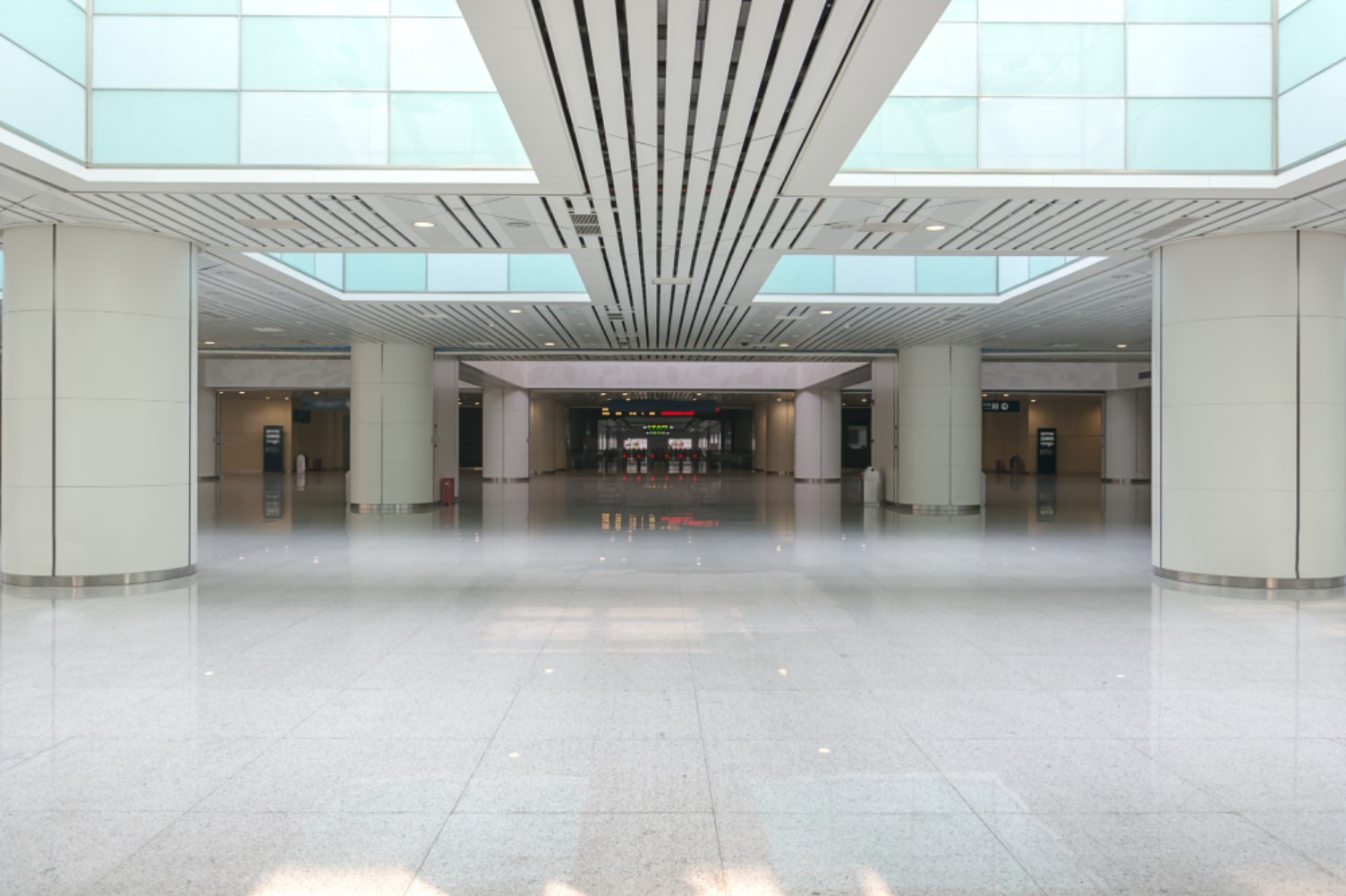
According to Professor Stijn Van Nieuwerburgh, a professor at Columbia Business School, the future of commercial real estate is facing the same problems.
“It could easily take several years for the office market to stabilize, which is why I’ve referred to all this as a trainwreck in slow motion,” said the professor.
